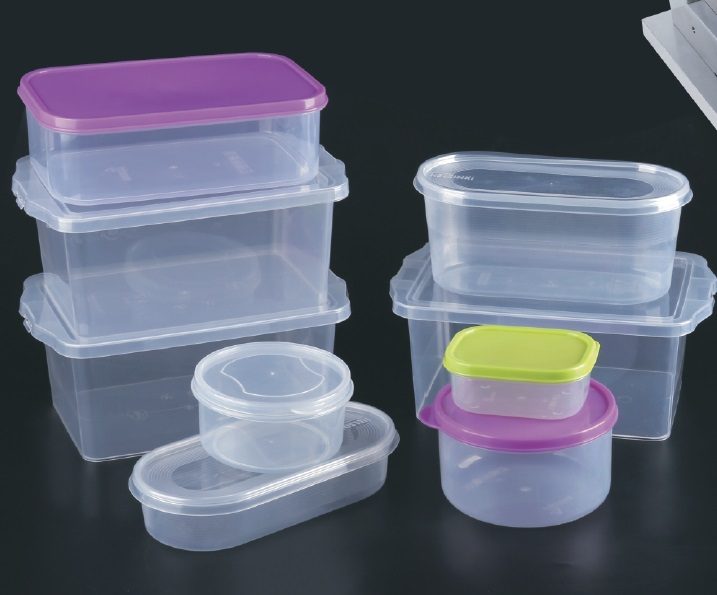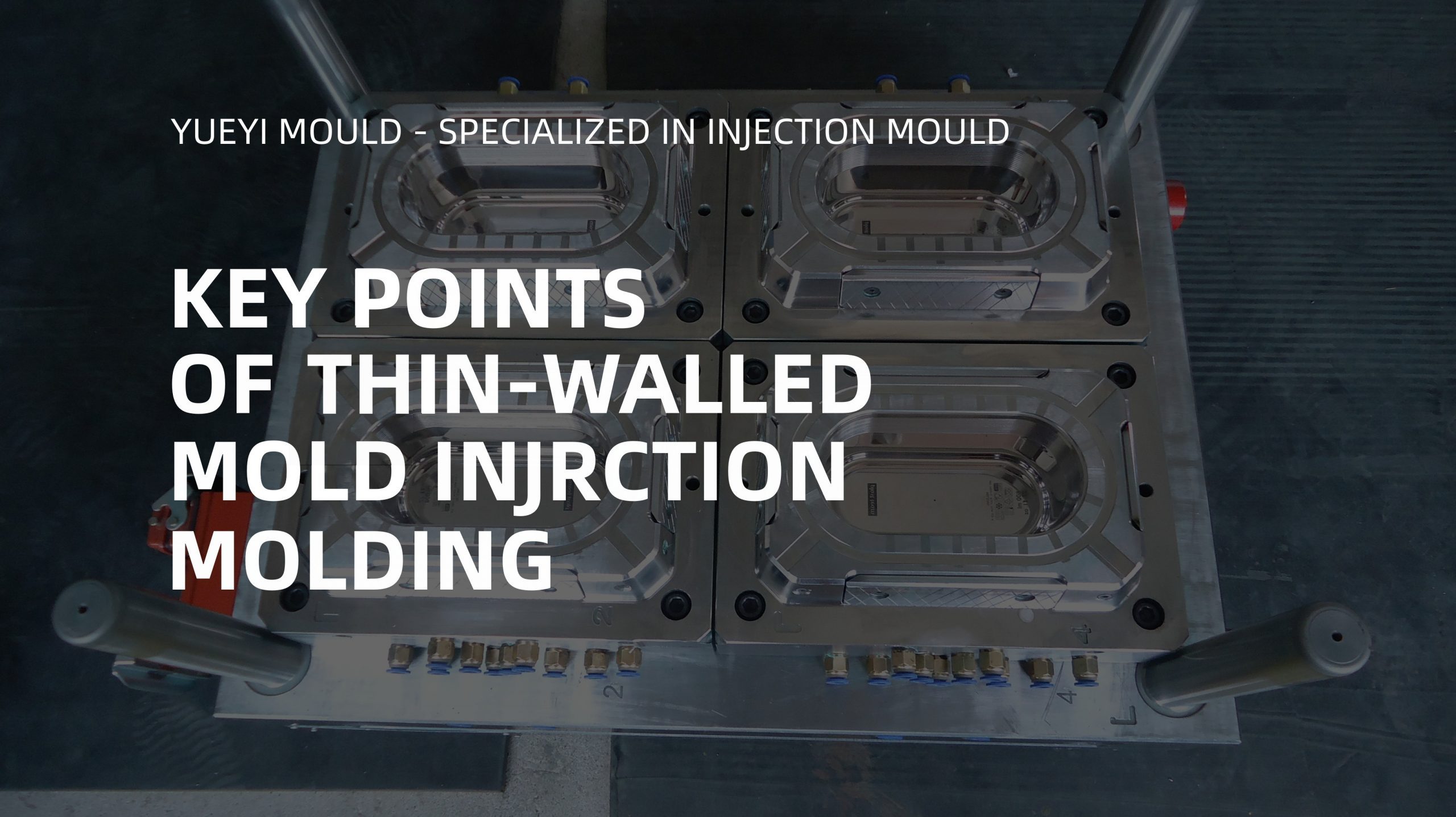In the injection molding industry, injection molded products with a wall thickness less than 1mm are usually called thin-walled parts, and this process is called thin-walled injection molding. Due to its unique appearance characteristics, thin-wall injection molding has different requirements in terms of product design, machine selection, mold manufacturing and molding process, and each step will affect the final product quality.
YUEYI MOULD
1. Selection of high-flow materials for thin-wall injection molding
The thin-wall injection molding cycle is very short, and the product cools very quickly during the molding process, requiring the material to have very high fluidity to achieve rapid injection molding and filling.
2. When designing thin-walled injection molding products, consider the arrangement of the glue inlets.
Try to balance the glue input so that the filling of the entire product can be balanced. Mold design should have optimized flow channels and cooling systems to ensure good material flow, rapid cooling, reduced deformation and shortened cycle times.
3. Thin-wall injection molding requires an effective cooling system
It is necessary to maintain shape and dimensional stability of the molded article during the cooling process. Reasonable cooling elements such as cooling pipes and nozzles can be designed according to the mold structure and the shape of the molded product.
4. Thin-walled molds require higher processing accuracy
Advanced CNC machine tools and processing technology can be used to improve the processing accuracy and surface quality of the mold.
5. The pressure and speed should be controlled during the thin-wall injection molding process.
Thin-wall injection molding usually uses high pressure for rapid filling, and discoloration may occur during the injection process. It is necessary to control the molding temperature and screw shear speed according to the heat-sensitive and shear-sensitive characteristics of the plastic. parameter. At the same time, it is necessary to combine mold exhaust to reduce filling resistance.
Thin-wall molding process is an important branch of modern injection molding, which can meet the needs of many aspects such as product structure, lightweight, molding cycle and cost. Thin-wall molding has been widely used in the field of injection molding. We should start from the design source and combine various factors such as machines, molds, and processes to optimize the thin-wall molding process and optimize the quality of the product.



Leave A Comment